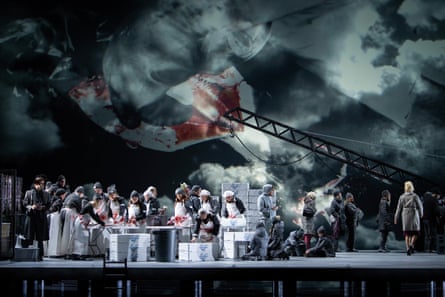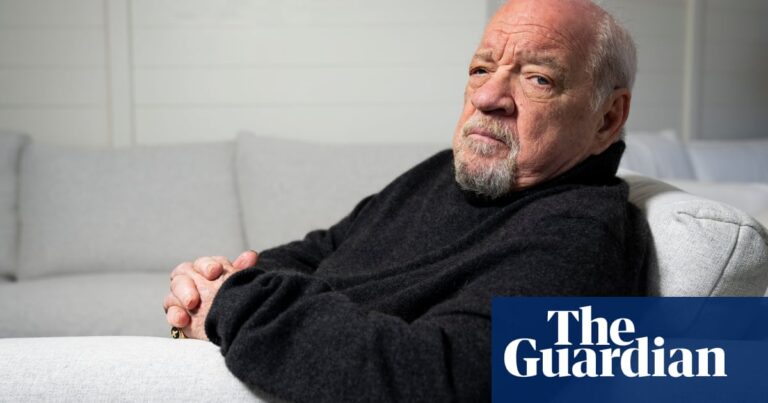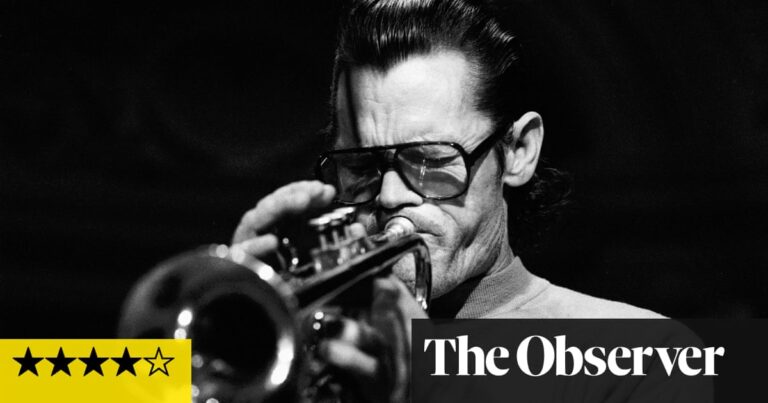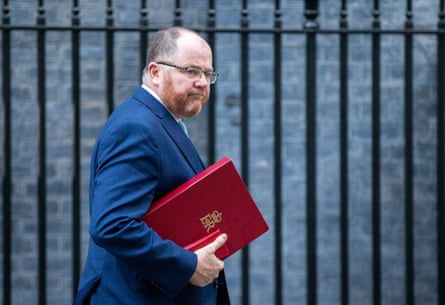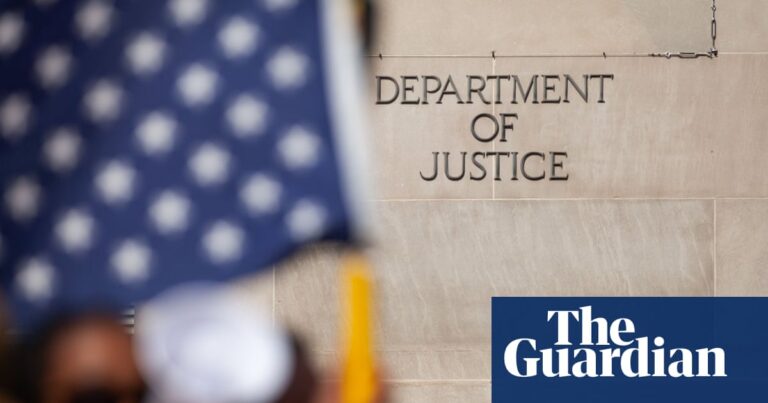W
When Maryam Keshavarz was a child living in 1980s New York City, she would often visit Iran during her summer breaks. Her parents had immigrated from there, and she would bring small plastic bags taped to her body filled with items that she would sneak into and out of the country.
Keshavarz often received requests to bring American pop cassette tapes from the US. She recalls hiding them in her underwear during her video call in Los Angeles, as it was considered inappropriate in her Islamic country for girls’ bodies to be checked.
The film called The Persian Version, tells the story of Keshavarz’s past as a music smuggler. Although the story is fictional, it is based on the experiences of Keshavarz and her parents, who emigrated from Iran to the US in 1967.
The director explains that our daily lives consist of the essential components of a captivating movie – experiences of trauma, humor, and survival. The Persian Version may have been a somber and serious film in the hands of someone else, but it stands out for its lively and humorous tone, as well as its impressive soundtrack. Keshavarz relates to Cyndi Lauper’s acceptance of uniqueness and diversity, recalling the music video for Girls Just Want to Have Fun which showcased faces from various ethnicities – a meaningful representation that was not commonly seen in the media at the time.
Keshavarz never considered the possibility of being a film director because she had not encountered any other women in that role. However, the 9/11 attacks motivated her to leave academia and pursue filmmaking as a means of representing real-world experiences in the media.
Her initial cinematic production was Sanctuary, a dreamlike 16mm fantasy portraying an Arab female in the aftermath of 9/11 in America, garnering her admission to NYU to pursue film studies. She later helmed a documentary, The Colour of Love, delving into the intersection of love and politics in Iran, followed by the 2011 drama Circumstance which followed the romantic involvement of two Iranian women.
The movie received the audience’s top honor at the Sundance festival, just like The Persian Version did last year. However, it faced a ban in Iran, but the director’s latest work does not have the same restriction. According to her, things have changed. The use of two languages in The Persian Version is not as difficult for viewers as it may have been ten years ago.
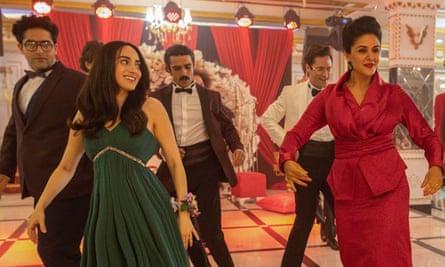
According to Keshavarz, this is no longer a problem because children now constantly use closed captioning while watching content. Even if something is in English, my daughter refuses to watch it without closed captioning.
The film’s origins may lie in memories of 30 years ago, but its inception comes from the state of mind in which Keshavarz found herself while Donald Trump was president. “I was so disheartened by what was going on with the Muslim ban,” she says. As with post-9/11 America, the media’s representation of people from the Middle East was, she felt, shaky.
Inspiration came in the form of another New York film-maker with an immigrant background. “Martin Scorsese was my greatest hero growing up,” she says. “He was doing stories from his culture but he was still American – and they had this epic quality to them that I just I loved.
“When I was working on the movie, I had a strong desire for humor,” she explains. “I also had a strong desire for understanding and a sense of urgency to express, ‘Damn, I am American as hell!'”
She takes a moment to reflect. “It is crucial that we express those phrases. It is not acceptable for the right wing to claim that identity solely.”
Source: theguardian.com









